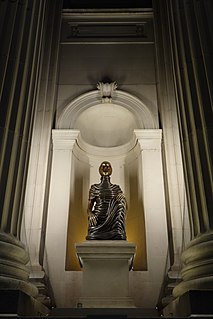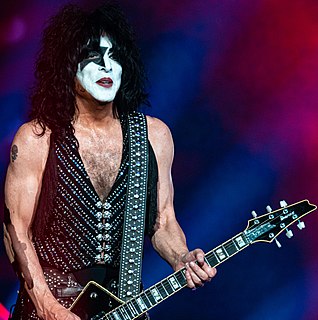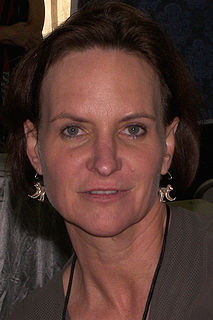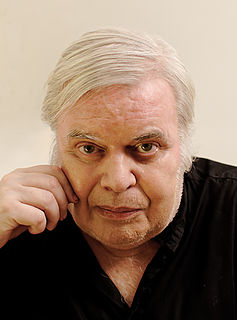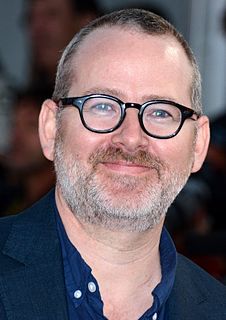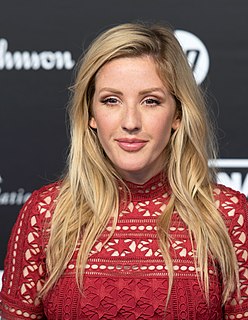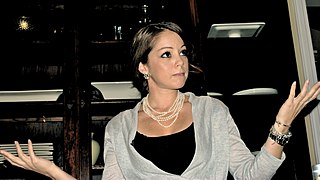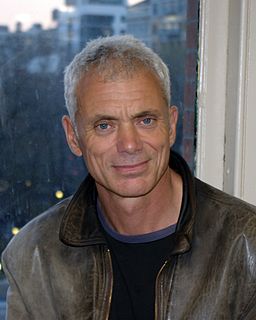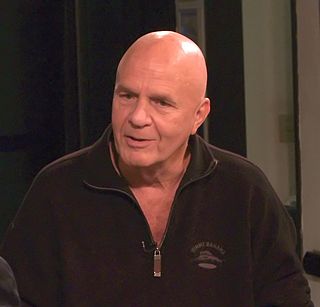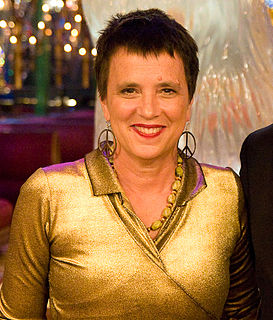A Quote by Wangechi Mutu
Often, there's an emphasis in my work, and it's sort of the celebrating of the body.
Related Quotes
Coming to terms with the rhythms of women's lives means coming to terms with life itself, accepting the imperatives of the body rather than the imperatives of an artificial, man-made, perhaps transcendentally beautiful civilization. Emphasis on the male work-rhythm is an emphasis on infinite possibilities; emphasis on the female rhythms is an emphasis on a defined pattern, on limitation.
I would want people to know that they don't have to hate their body and don't have to be afraid of it, but that it's also okay to feel uncomfortable with it at times. The body positivity conversation often gets sort of oversimplified and flattened into, "Yay! Everyone has to love everything about their body all the time!" And that's not realistic, that's not how bodies work, that's not how emotions work. It's fine to have these kinds of confusing and conflicting feelings.
I believe there need to be women visual in our every day landscape, working hard and doing their own thing, whether you like it or not, whether it's acceptable or not...I especially hope to inspire young women because often I feel like so much emphasis is put on how beautiful you are, and how thin you are, and not a lot of emphasis is put on what you can do and how smart you are. I'd like to change that, change the emphasis of what's important when looking at a woman.
Growing up in Mexico, I have many fond memories of not only celebrating posadas with my family, but also of the time spent together menu planning and prepping for decoration and entertaining activities. A lot of work goes into celebrating these traditions, but that doesn't mean they have to cost a lot too.
Jung said there are four archetypes adults go through, and these archetypes are reflected in the development of my work. The first archetype is the archetype of the athlete, reflecting the time in our adult life when our primary emphasis is on our body - what it looks like, how beautiful it is, how strong it is, and so on. We identify ourselves with our body. We are our body. Growing adults next move to what Jung called the archetype of the warrior. We take our physical bodies out there to do what warriors do.
